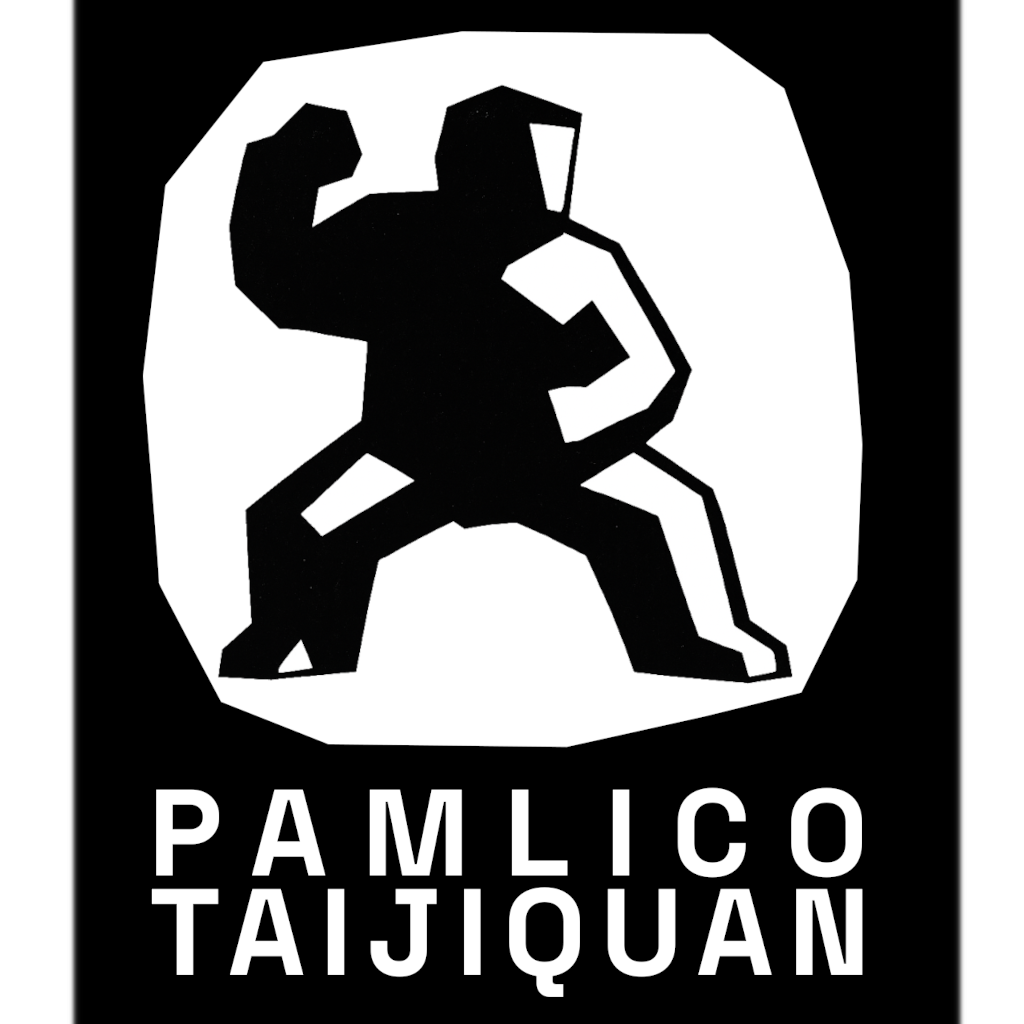About Tai Chi
History
Despite extensive research, the history behind many Chinese martial arts, such as Tai Chi, is unclear; very often are they blends of hard facts, legends, and oral histories. It is unknown when exactly the term “Taijiquan” (Tai Chi Chuan, or Tai Chi for short) was first used, and it is nearly impossible to pinpoint a single origin.
However, it is generally agreed upon that the art originated in or around the Chen Village, in the 1600s.
5 Family styles
Modern Tai Chi
Basic ideas
The term “Taiji”, or “Tai Chi”, literally means “Supreme Ultimate” or “Supreme Polarity”, referring to the duality of Yin and Yang. The term “Quan” or “Chuan” means “fist”, and is a term found across many Chinese martial arts to denote a martial arts system. So, Tai Chi Chuan is a fighting system built around the philosophy of Yin and Yang. Thus there are opposing elements that exist in harmony with each other to create balance: strong but relaxed (or hard but strong), front and back, opening and closing, advancing and retreating, etc.
Most often, Tai Chi is known as a “meditation in motion”, or an exercise meant to cause relaxation and strength. While these are not necessarily core goals of the system (historically speaking), they are certainly benefits that can come from its practice.
The reason why relaxation and meditation may be important is because, if the body is stiff then its balance, strength, and mobility are compromised; if the mind is scattered and disconnected, it cannot easily express itself in the body, let alone cause the body to relax. As a martial art, this can lead to defeat; as a health system, these obstacles can cause problems such as stress, pain, injury or illness. In the spirit of yin and yang, none of these are mutually exclusive! They all support each other.
Practice Structure
Depending on one’s goals, the practice of Tai Chi can unfold differently.
Those who wish to focus on health or rehabilitation often are not interested in learning martial arts techniques. Some may be interested in learning the forms or routines (Taolu), which can be quite long, but many are content with single exercises. In this case, practice can consist of simple movements (which may be based off specific movements from the form), done slowly with a meditative or relaxing mindset. However, some may wish to learn the longer forms, which provide a dynamic exercise as well as structures for establishing goals.
From a martial perspective, there are different paths to go down. For those who aren’t necessarily in putting themselves in harm’s way, tai chi can be an exercise system with martially-flavored exercises, done with or without a partner (i.e. push hands). Some may practice tai chi for its innovative approach to self-defense. In some cases, Tai chi can also be used to supplement combat sports such as Brazilian Jiu Jitsu or boxing. But in the modern era, it us uncommon for professional fighters to rely solely on Tai Chi, partly due to its development as a health-oriented system.
Finding a class, etc
Sometimes, Tai Chi can be a difficult art to get started in. There is no one single standardized Tai Chi class structure, and there are different styles with different focuses and cultures. Although I would love for you to come learn with me, if you wish to explore more options, I would love to help!
The first thing that can help is just to get the terminology. Tai Chi, Tai Chi Chuan, Taiji, or Taijiquan can all be terms used to find a class. Since Tai Chi is a form of kung fu, one may be able to find a Tai Chi class at any other kung fu school.
Since Tai Chi is known as an exercise system, it may also be found at different health centers: gyms, senior centers, colleges, etc.
